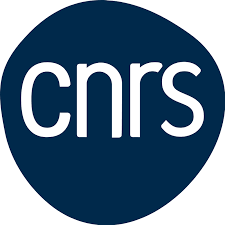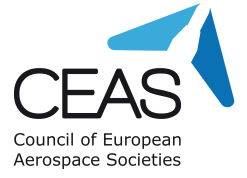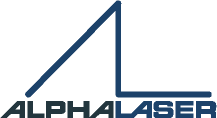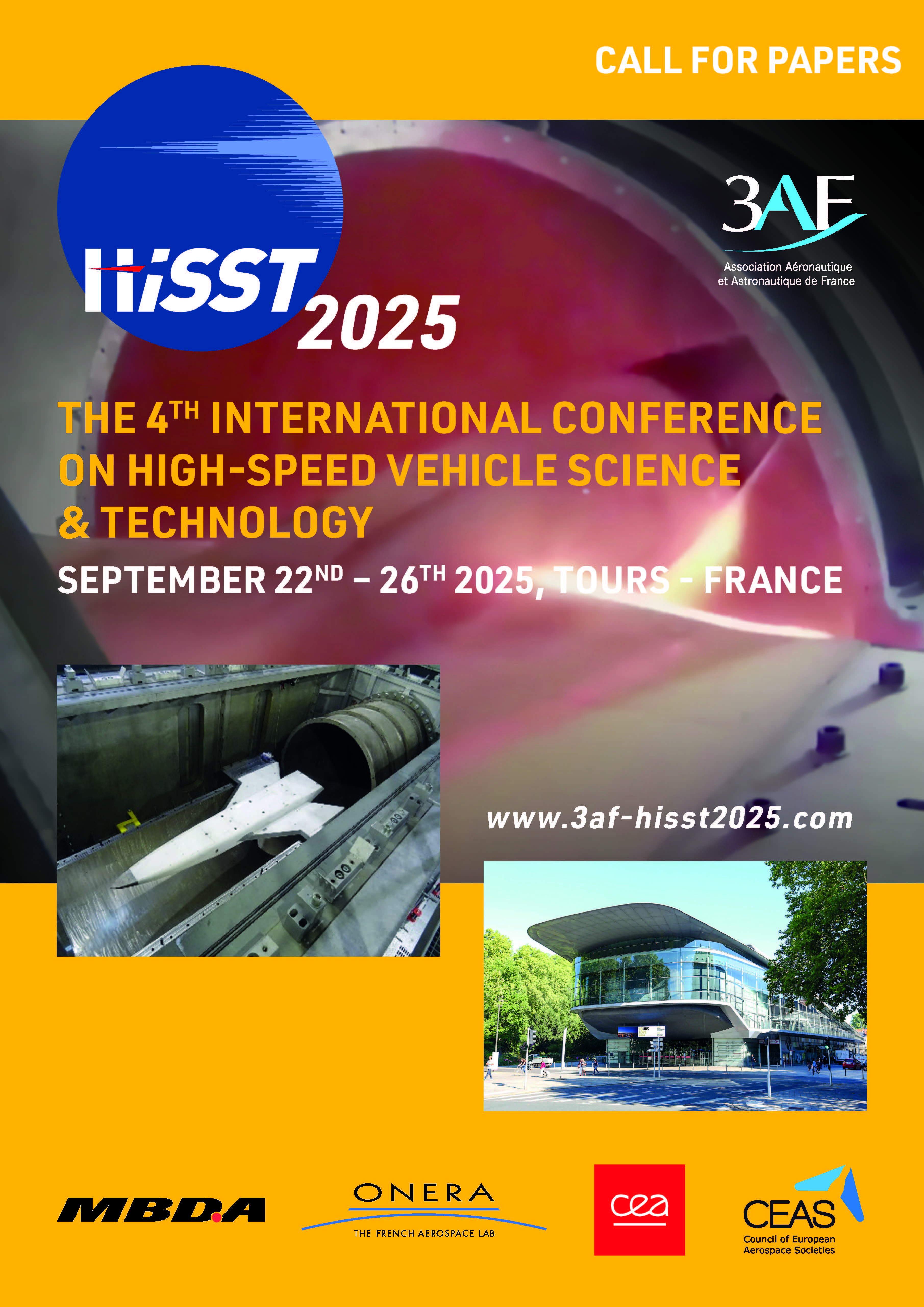Objectives / Committees
Our truly international conference brings together experts in high-speed vehicles from around the World. Our objective is to enhance the visibility of competencies, events, and publications in high-speed vehicle science and technology. We encourage scientists to publish their research outcomes in significant peer-reviewed Aeronautical and Space Journals published by the Council of European Aerospace Societies (CEAS), fostering dedicated international HiSST conferences to ensure a multi-national exchange of ideas.
The International HiSST conference occurs every 18 months, supported by an International Technical Committee, in partnership with CEAS. Our conference program features keynote speeches, global status reports from our International Technical Committee members, a substantial number of technical papers and posters, some technical visits to key points of interest in the high-speed vehicles field. We invite your participation in social programs, award ceremonies during a gala dinner.
As previous HiSST editions, HiSST2025 will provide the perfect event to share your work with your peers and develop open and fruitful interactions with specialists from research institutions, academia, and industry worldwide, covering all aspects of high-speed aerial and space vehicles development from fundamental research to final products:
- Leading specialists will provide a global view of worldwide R&D effort in the field of High Speed flight and will address some key topics.
- Numerous parallel technical sessions will allow you to discover the latest results obtained worldwide.
- Focused technical workshops on high-speed vehicle science and technology will allow you to share ideas with your peers and develop some common activities in a collaborative forum
- An exhibition area where sponsors & exhibitors will showcase their innovation, research, technology and latest technical results.
If you want to take part in the exhibition, please contact hisst2025@3af.fr
LAST HiSST CONFERENCE IN A FEW FIGURES
The 3rd High-Speed Vehicle Science and Technologies Conference was held in Busan (Korea) in April 2024:
Attendance: 363 participants
Global reports: 8
Key note speeches: 6
Technical Papers presented: 257
Workshops: 4
Following the conference, a survey was conducted:
100% of the 106 participants to the survey would recommend the conference to a colleague.
CONFERENCE TOPICS
1 | High-Speed Missions and Vehicles including:
- Planned and ongoing national and international high-speed vehicle programs and missions
- Advanced space launcher concepts and high-speed atmospheric flight vehicle concepts
- Design, development and manufacturing of related technologies and components, both for reusable and expendable applications
- Design methodologies and engineering models
- Overall system design and/or performance optimization
2 | Propulsion Systems and Components including rocket, ramjet, dual mode ramjet, scramjet, rocket and turbine combined cycles, detonation engines, electric propulsion and other advanced propulsion systems addressing:
- Advanced cycles & concepts
- System & component performance, development & manufacturing: air inlets, isolators, combustors, injectors, ignition, flameholding, nozzles…
- Combustion and mixing processes including ignition, flame-out, instabilities, plasma assistance…
- Airframe interaction and integration
- Conventional, cryogenic & alternative fuels, additives, catalysis
- Fuel systems: feed-lines, pumps, tanks…
- Advanced computational techniques, CFD & engineering models
3 | Thermal, Energy and Management Systems for vehicle, subsystems, and payload, including sources, conversion and distribution systems addressing:
- Thermal protection, heat exchangers, cooling, coating & ablative systems
- Active and Passive systems
- System & component performance, development & manufacturing
- On-board power generation and environmental control
- Design methodologies, CFD & engineering models and advanced computational techniques (multiphysics)
4 | Guidance & Control Systems including flight mechanics, guidance, navigation, routing, trajectory optimization, operations research, sensors, actuators, controllers and algorithms, and health monitoring addressing:
- Flight control design and in-flight adaptation
- On-ground and in-flight trajectory optimization techniques
- Health monitoring and management, fault detection isolation and recovery, health and usage monitoring systems
- System & component performance, development & manufacturing
- Advanced computational techniques, CFD & engineering models
5 | Materials and Structures for vehicle and all subsystems covering:
- Metallic & non-metallic materials for hot and cooled structures and thermal protection systems
- Active/functional materials
- Hot, cold and integrated structural architectures including conformal layouts
- Quality control, damage tolerance, structural health monitoring and survivability
- Materials manufacturing and processing
- Advanced modelling & computational techniques
6 | High-Speed Aerodynamics and Aerothermodynamics with application to hypersonic regimes covering full Mach range from take-off, cruise and (re)-entry including:
- Numerical and experimental studies including aero-thermodynamics, stability-transition-turbulence, SWBLI, MHD, gas physics and chemistry, radiation physics, fluid structure interaction and destructive re-entry
- Numerical and experimental thermal studies incl. passive and active heat transfer, regenerative, transpiration, ablation, pyrolysis, endothermic decomposition…
- Advanced modelling & computational techniques: development and validation
- Multi-disciplinary techniques and models: fluid-structure interaction, conjugate heat transfer, CFD/flexible and rigid body dynamics
7 | Testing & Evaluation covering:
- Ground and in-flight test facilities, flight test operations and simulations
- Diagnostics and data systems
- Scale limitations and facility effects
- Validation and verification
- Facility modelling & simulation
8 | Operation and Environment including:
- Economic and market analysis including cost modelling
- Regulatory, certification, operation, maintenance, health & safety issues: on-ground and in-flight
- Environmental effects including sonic boom, noise and emissions
- Atmospheric composition – models and effects on performance
- Infrastructure and traffic management
9 | Hypersonic Fundamentals and History including:
- Aero-thermodynamics, stability-transition-turbulence, SWBLI, MHD, gas physics and chemistry, radiation physics, fluid-structure interaction and destructive re-entry
- Theoretical and analytical thermal studies incl. passive and active heat transfer, regenerative, transpiration, ablation, endothermic decomposition…
- Basic materials science for high temperature and aggressive environment, life-time predictions…
- Historical aspects, analyses and assessments and lessons learned
- Educational initiatives and workforce development activities
International Technical Committee
|
Australia
|
Prof. Vincent Wheatley (Univ. of Queensland) |
|
Brazil
|
Dr. Marco A.S. Minucci (Institute for Advanced Studies) |
|
China
|
Prof. Xisheng Luo (Institute of Mechanics, Chinese Academy of Sciences) |
|
Europe
|
Prof. Johan Steelant, Host of HiSST2022 (European Space Agency) |
|
France
|
Francois Falempin (3AF – former MBDA) |
|
Germany
|
Dr. Jan Martinez Schramm (DLR, German Aerospace Center) |
|
India
|
Dr. Ibrahim (IIT Kanpur) |
|
Italy
|
Dr. Marco Marini (CIRA) |
|
Japan
|
Prof. Masataka Maita (International Aerospace Consulting) |
|
Korea
|
Prof. Dr. Jeong-Yeol Choi, Host of HiSST2024 (Pusan National University) |
|
United Kingdom
|
Prof. Matthew McGilvray (Oxford University) |
|
United States
|
Dr. Adam Siebenhaar, Committee Chairman (Mach 7H Consulting) |
Local Organisation Committee
| Céline BARANGER | CEA |
| Antoine DURANT | MBDA |
| François FALEMPIN | 3AF (former MBDA) |
| Viviana LAGO | CNRS-ICARE |
| Pierre-Henri MAIRE | CEA |
| Cédric MONJARET | ONERA |

 my account
my account








